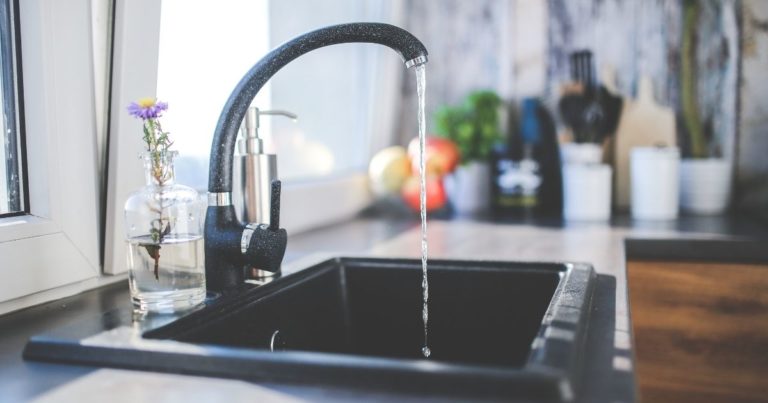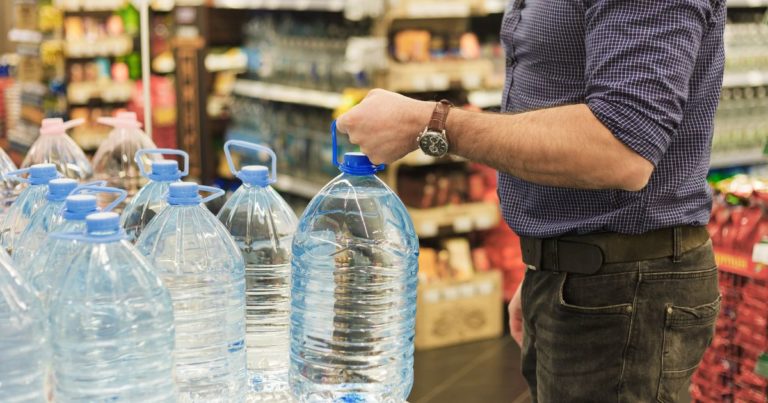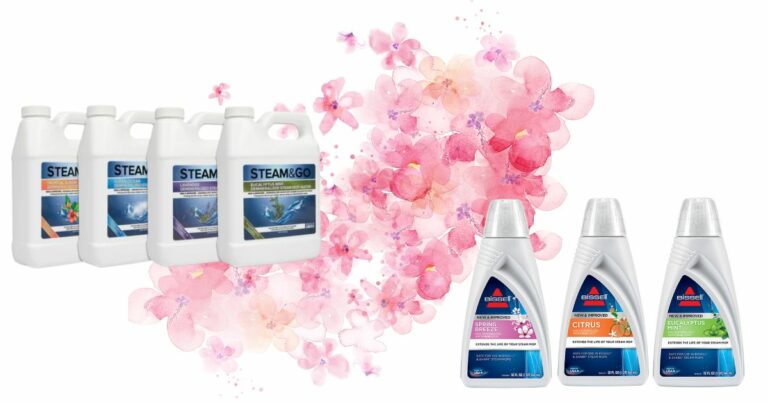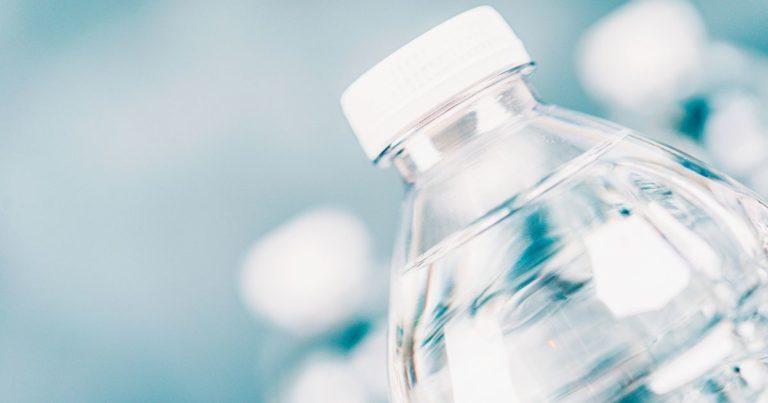How to Make Distilled Water at Home
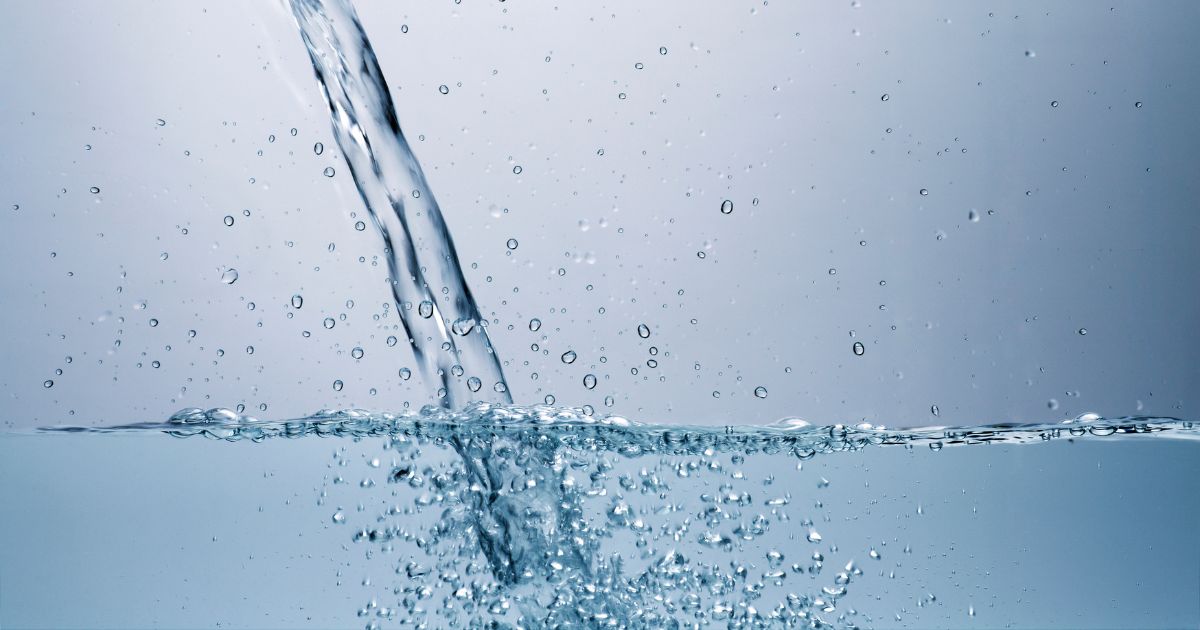
I’m always harping on about the importance of using distilled water in your steam cleaner, clothing steamer, humidifier, or any other steam generating device. The need to use distilled water is often hidden in product manuals, taking users by surprise after they’ve bought their steamer.
If you struggle to get distilled water in your area, you can consider some alternatives or substitutes, or make your own. I’ll be honest with you though, it’s a time consuming, tedious process, when you’re trying to use your kettle, stovetop, or other appliance to make distilled water.
Our detailed guide below will show you how to make distilled water at home. We’ll also suggest some home distilling machines, that will make your life a whole lot easier.
What is Distilled Water?
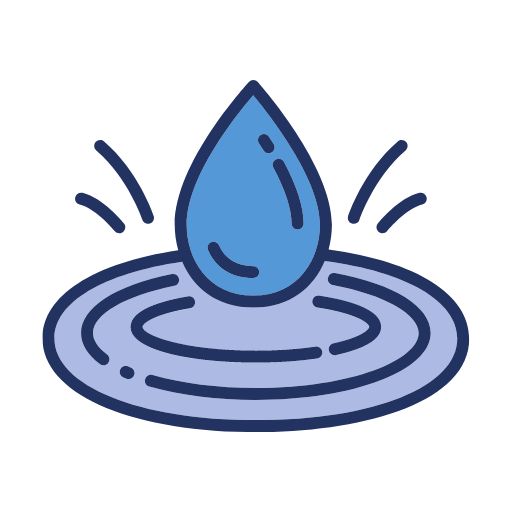
Distilled water is formed after heating water up to the boiling point. When the water is boiling, steam or vapor is collected and then condensed back into a liquid. The condensed steam is what we are referring to as distilled water.
Distilled water is free from impurities and contaminants. It is perfect for steam irons, cooking, cosmetic applications, steam cleaning and watering plants. Other uses of distilled water include:
- Car cooling systems – Since distilled water doesn’t contain any minerals, it can be used in lead-acid batteries. It is also perfect for car cooling systems or other devices which can be damaged by buildup of minerals.
- Laboratory experiments – Distilled water is used in laboratory experiments where you need accurate results. This is because it lacks minerals or contaminants that can affect the results. Distilled water is neutral, so it doesn’t react with other chemicals.
- Medical use – Distilled water is normally used in devices like the Continuous Positive Airway Pressure (CPAP). Apart from that, it is used to sterilize medical instruments such as syringes since it doesn’t leave deposits or a residue.
- Aquariums – If you have an aquarium system for fish at home, you should use distilled water only. It is very safe for the fish since it is very pure. Again, it lacks chemicals or minerals which might damage the tank due to buildup.
- Canned food industry also uses distilled water to ensure that the vegetables and fruits maintain their vibrant colors.
- Humidifiers – These machines are used in homes to release moisture. They keep your skin hydrated and are perfect for those with snoring or allergy problems.
What is the difference between tap water and distilled water?
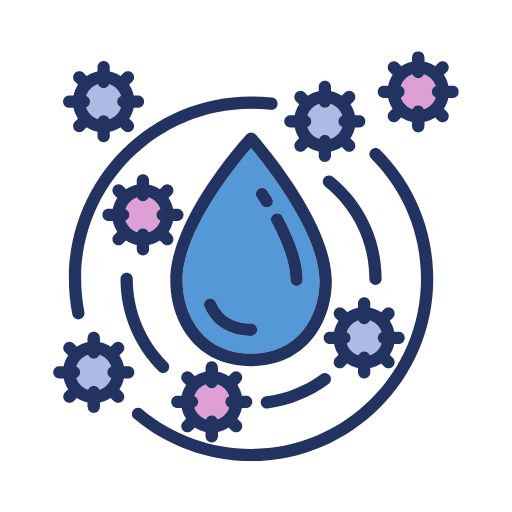
The main difference between tap water and distilled water is that tap water contains health-boosting natural minerals. It also contains dissolved gases such as hydrogen, oxygen and nitrogen.
Tap water also contains compounds such as chemicals, metals and harmful microorganisms. Many water treatment facilities add chlorine to tap water to help purify it.
Most tap water in established countries is suitable for drinking, however, it isn’t suitable for your steam generating machine, such as your steam mop, steam cleaner, clothing steamer, steam iron, steam press and more.
How Do You Make Distilled Water?
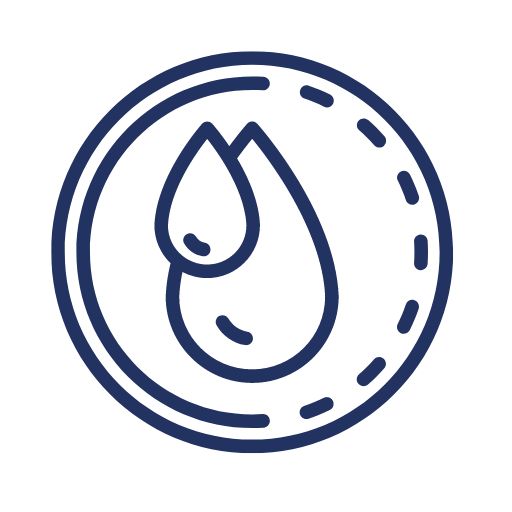
Mostly, people prefer to buy distilled water but this is not economical if you need large quantities frequently. Instead of buying, you need to learn how to make distilled water at home by following these steps.
Requirements
- A reliable source of heat
- Ice
- Medium glass bowl
- Circular rack
- A big cooking pot
Watch this short 5 minute video to see how it’s done. You’ll note that in the steps below, I’ve recommended using a circular rack on top of the pot. This avoids the over splash and the bowl floating around in the water, like is shown in the video.
Steps
- Place the large cooking pot on the source of heat but don’t turn the heat on.
- Put the circular rack on top of the pot and then place the glass bowl on top of the rack.
- Add water to the pot and ensure that the glass bowl remains on the rack.
- Turn on the heater and allow the water to boil.
- After the water reaches the boiling point, place the pot’s lid facing down.
- Put about 20 ice cubes on the lid to create a condensation effect.
- As the water boils, the glass bowl will be filled with distilled water that falls from the lid.
- Once you have collected enough distilled water, turn off the heat.
- Allow everything to cool before you put the distilled water into a clean and dry glass container.
You might also find this you tube video helpful, which shows 9 ways to make distilled water at home.
Is there an easier way of making distilled water?
If you don’t want to wait for long or you want to make the distillation process easier, you can use a reliable water distiller. These machines help to convert water into distilled water without wasting a lot of time. Some of the best water distillers are:
Also consider this reverse osmosis filtration system – that does not put the minerals back into the water.
What is removed during distillation?
Distillation is the most effective method for removing inorganic compounds like metals, chlorine, chemicals, and dissolved solids such as magnesium, sulfate, calcium, nitrate, iron, etc.
Besides that, it is very effective in the removal of viruses, protozoa, bacteria and any other harmful microorganisms that might be present in the water.
Why use the distillation method?
As compared to other water purification methods, distillation is the most effective. It is also cheap since you don’t need to invest in expensive water purifiers or filters. You can highly rely on it to purify even the most contaminated water.
What are the disadvantages of distilled water?
There are no disadvantages of using distilled water for your steam cleaner, clothing steamer, humidifier or other steaming device.
Some choose to drink distilled water also, and there are some disadvantages to this.
When boiling water, important minerals and gases such as oxygen that are naturally present in the water are removed. These minerals are known as total dissolved solids (TDS). They include magnesium, calcium, fluorine, iodine, and lithium.
If you drink water to gain these minerals, you will not be getting them from distilled water. Distilled water only contains 1-2 parts per million (PPM) of TDS. The lack of these minerals also affects the taste of the distilled water, some complaining it has a flat taste.
What is the difference between distilled water and purified water?
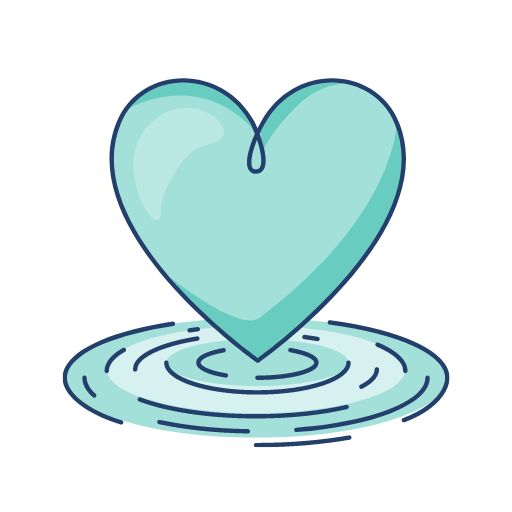
Even though water distillation and purification methods provide the cleanest water, they are not the same. The main differences include;
Distillation Process
Distilled water is collected after heating water to the boiling point where the steam is collected in a separate container in form of liquid.
On the other hand, purified water involves the use of water purification systems with different filters.
The most common water filtration methods are reverse osmosis, ultraviolet oxidation, deionization and carbon filtration methods. During these processes, water is passed through various stages and at each stage, certain impurities are removed.
Lack of Minerals
Distilled water lacks natural minerals that are normally present in water. Some of these minerals include calcium, iron and magnesium, which are beneficial to our overall health.
These minerals are retained when using some water purifier systems. As a result, purified water is healthier for drinking than distilled water.
Cost
In terms of costs, distillation is cheaper because you don’t need expensive machines to get the job done, especially if you use what you have a home, like is shown in the video above.
Purification systems require advanced techniques and filters which makes them more expensive.
What is the difference between distilled water and demineralized water?
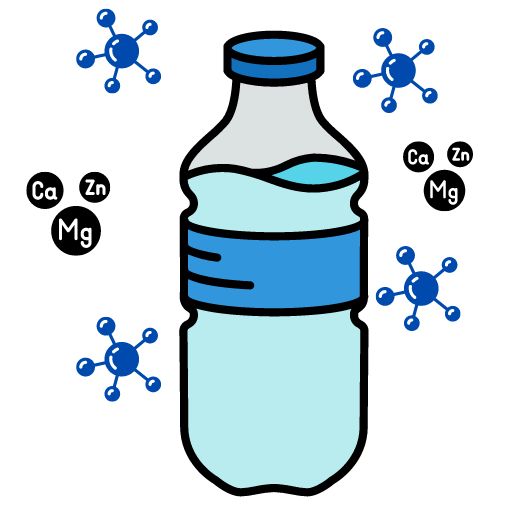
Distilled water and demineralized water have both had their minerals removed, but by different methods. Distilled water is obtained after boiling and condensing water; while demineralized water is produced by the use of ion-based systems.
Both processes remove viruses, bacteria, minerals, heavy metals and chemicals from water. However, distilled water is more pure and cleaner than demineralized water.
Is bottled water distilled?
Bottled drinking water is not distilled water. Most companies add chlorine to kill microbes, some also have added calcium, magnesium and potassium. On the label, you can find all the minerals present in the water.
Some plastic bottles contain BPAs or carcinogens which contaminate the water – always look for BPA free plastic.
If you check most water bottles, you will find that the water has a pH of 6.5 -7.5 while distilled water should have a pH of 7 since it is neutral.
Frequently Asked Questions
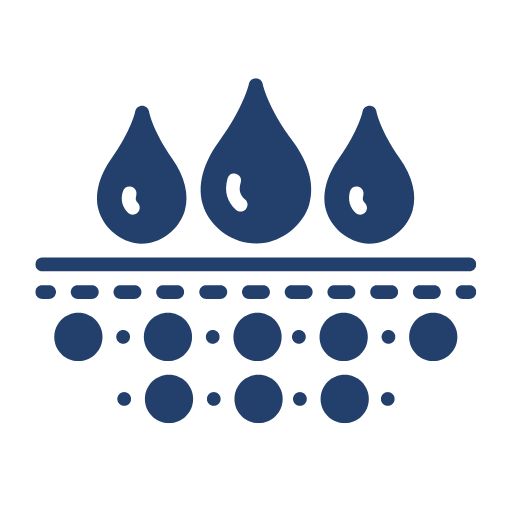
Can you just boil water to make it distilled?
Boiling water alone will only help to kill or remove come contaminants but will not make water distilled. You need to place a lid on top of the boiling water to collect the water vapor.
Can you make distilled water using a coffee maker?
You cannot use a coffee maker to make distilled water since the appliance is not capable of steaming or boiling the water. To make distilled water, you need to boil the water and then collect the condensed steam in a separate container.
Are countertop water distillers safe?
According to the University of Nebraska, there are no regulation laws on household distillation systems. As an electrical item however, they would need to meet certain safety standards to be sold. Check the countertop water distiller you choose has overheat protection and safety shut off.
How long does it take to distill a gallon of water?
A countertop water distiller takes 4-6 hours to make 1 gallon of distilled water. Larger water distillers can provide about 3 gallons of distilled water every hour.
Can you make distilled water in a microwave?
Even though you can use a microwave to heat water, you cannot use it to make distilled water. To distill water you need to boil and then collect the steam which is not possible in a microwave.
How long does distilled water stay pure?
If stored correctly, distilled water will stay pure indefinitely. You should put it in a clean and tightly sealed glass container. An opened bottle of distilled water can last for 9-12 months, depending on how it is stored.
How should you store distilled water?
Distilled water should be stored in a sterilized glass or stainless steel bottle with an airtight lid, out of sunlight. BPA free plastic can also be used to store distilled water.
Enjoy Making Distilled Water at Home
Distilled water is what you should be using in your steaming appliance at home. You can cook with it, drink it if desired, use in a cpap machine, on your plants, in your steam iron, or car battery.
Now that you know different methods available on how to make distilled water, it’s time to get started. Try the stove top method first for a cheap way to prepare distilled water.
If you don’t have the time or the patience for a do it yourself boiling approach, consider a water distiller, it’s a small investment and avoids the need to regularly buy distilled water.
- Can You Use a Steam Mop On Karndean Flooring? - June 19, 2024
- How To Clean Unsealed Concrete Floors - June 7, 2024
- How to Clean Stamped Concrete - June 7, 2024

